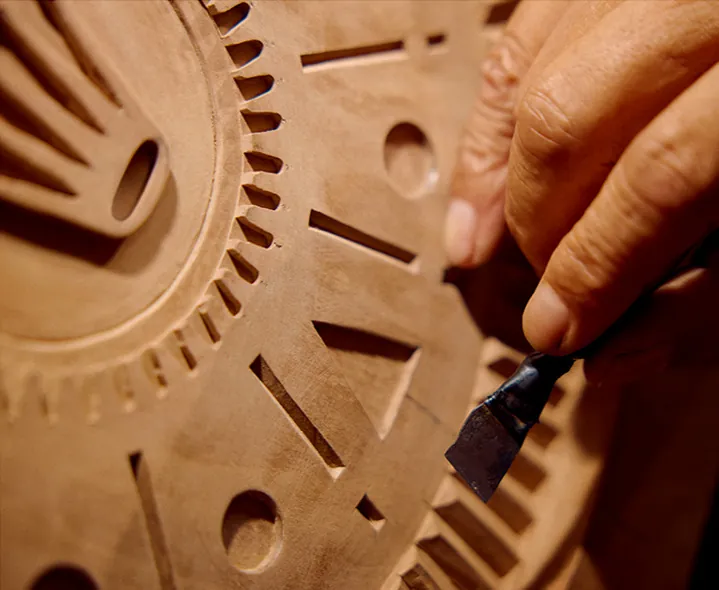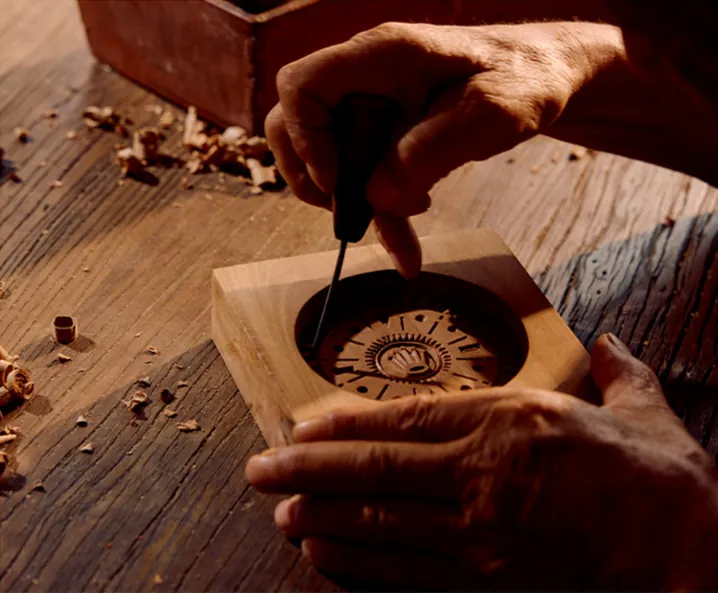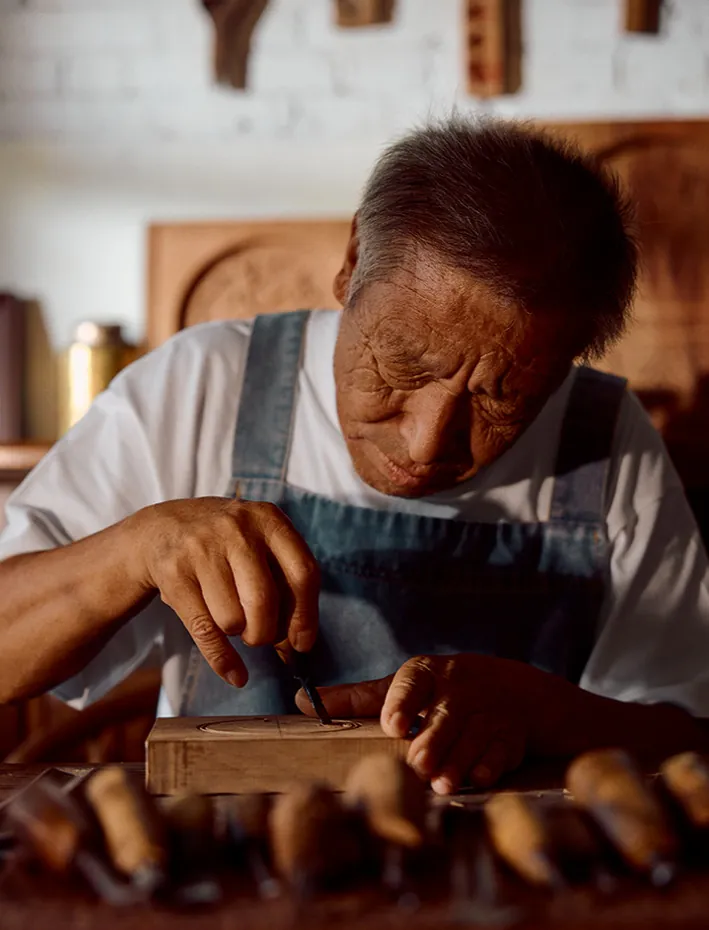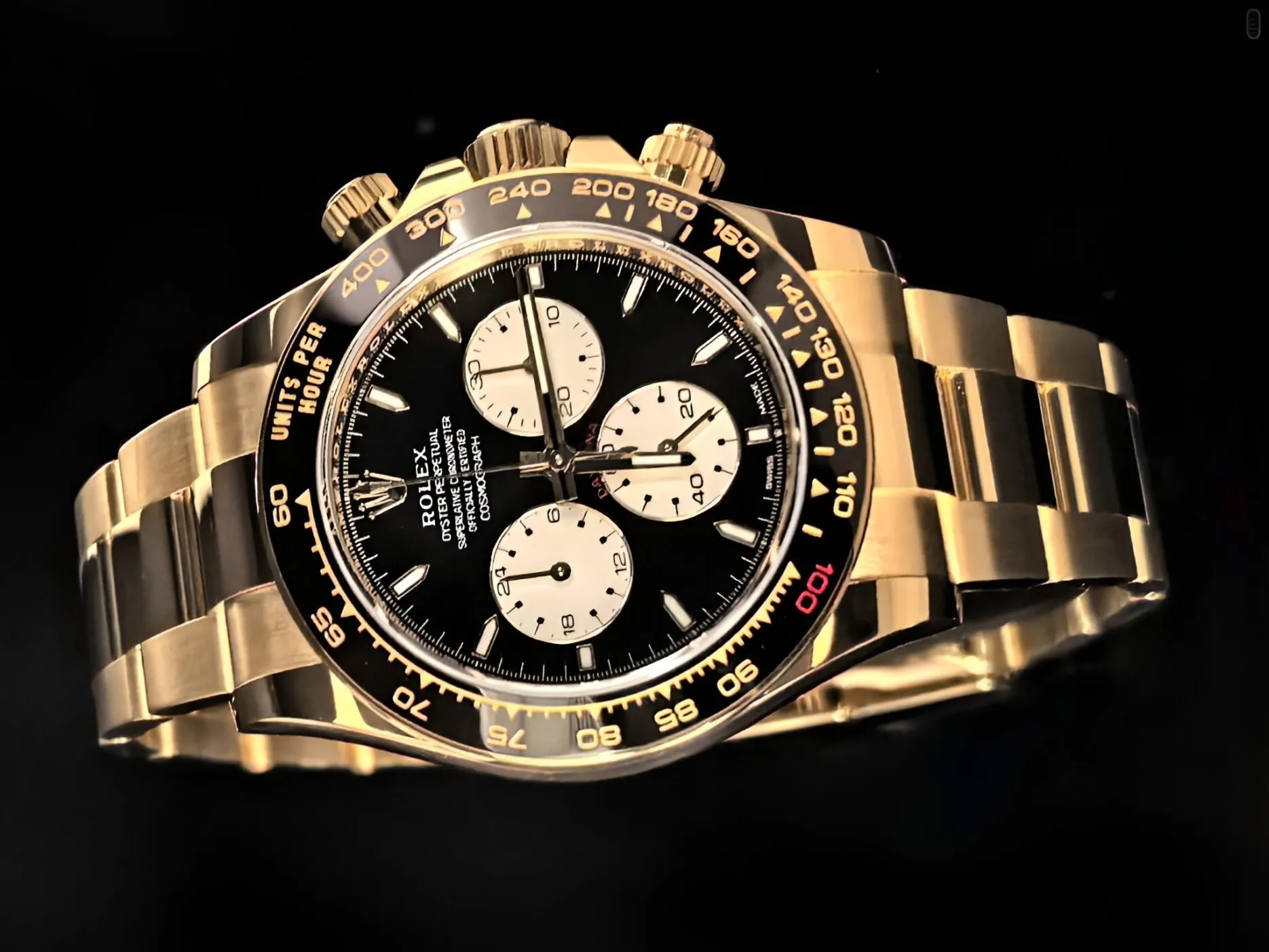Rolex (劳力士) has put out a new advert in time for China’s Mid-Autumn Festival. The ad shows a traditional mooncake maker, sculpting the casts that form the intricate designs on the tops of mooncakes. He takes to some sleek, dark wood with a chisel, talking about his craft, but as the ad rolls on we realise he’s actually sculpting the components of a watch.
It’s a savvy bit of creativity by the luxury watch maker. By highlighting the fine detailing in Rolex’s watch components, the advert emphasises the precision, care and artistry that go into its making. But the symbolism is two-fold…
In Chinese custom, mooncakes are not only a special dessert, but significant gifts exchanged among family, friends and colleagues during the festive season. Rolex’s campaign subtly positions its watches as meaningful gifts for Mid-Autumn Festival: Just as mooncakes are given to express appreciation and best wishes, a finely made Rolex can function as a lasting token of love, respect, and all that good stuff.


Mainland China and Hong Kong are major markets for Rolex and have been since the 90s. In 2020, China breezed past both Hong Kong and the United States to become the largest export market for Swiss watches. Rolex became incredibly popular during this boom in the luxury market, cementing its image as the ultimate status symbol among Chinese consumers. In 2022 Rolex was crowned the most desirable luxury watch brand in China by Morgan Stanley analysis.

So. Smart marketing? Well maybe. In Mandarin and Cantonese, the phrase for ‘to give a clock’ (sòng zhōng, 送钟) sounds identical to ‘attending a funeral’ or ‘bidding the end’ (sòng zhōng, 送终). Because of this homophone, giving a clock or watch can be associated with death, the end of life or a wish of misfortune. Rolex’s brand image is probably more than strong enough to outweigh superstition. If not, they better pray anyone bearing grudges this Mid-Autumn Festival also has money to burn.









